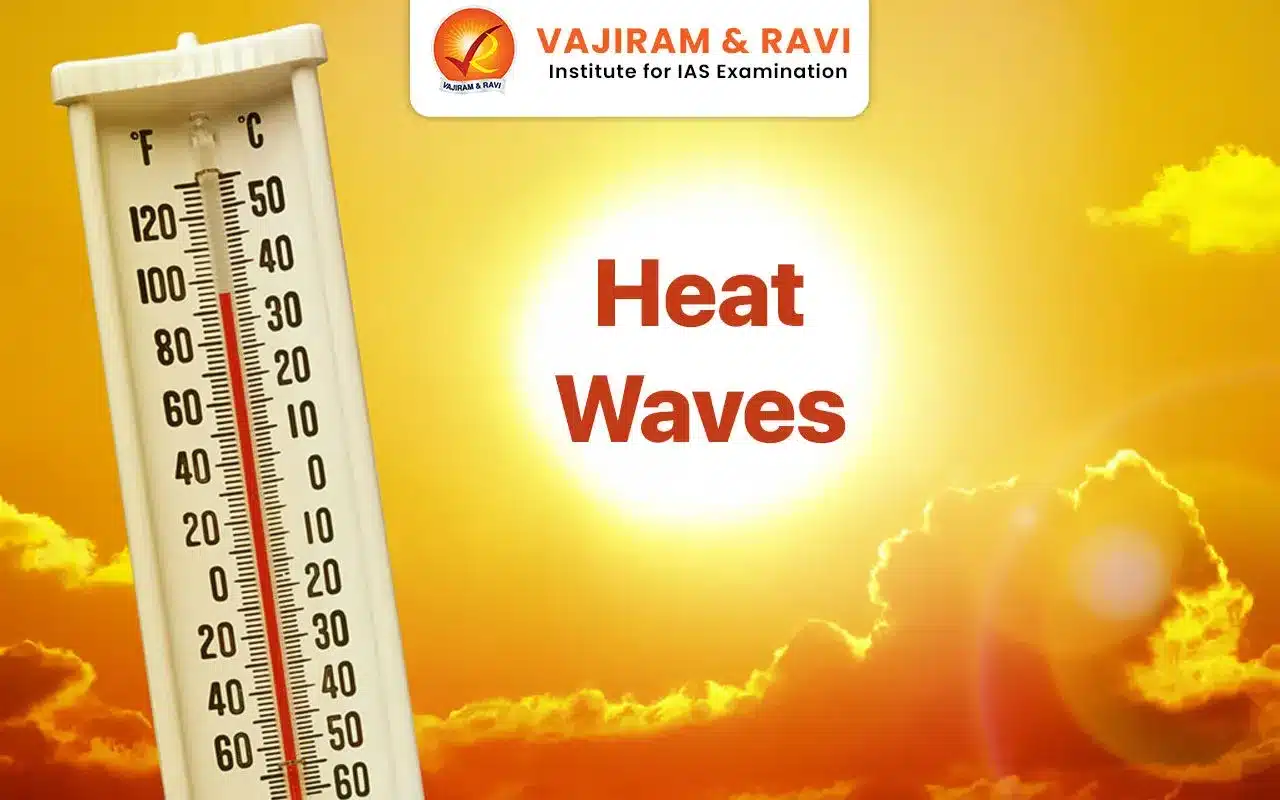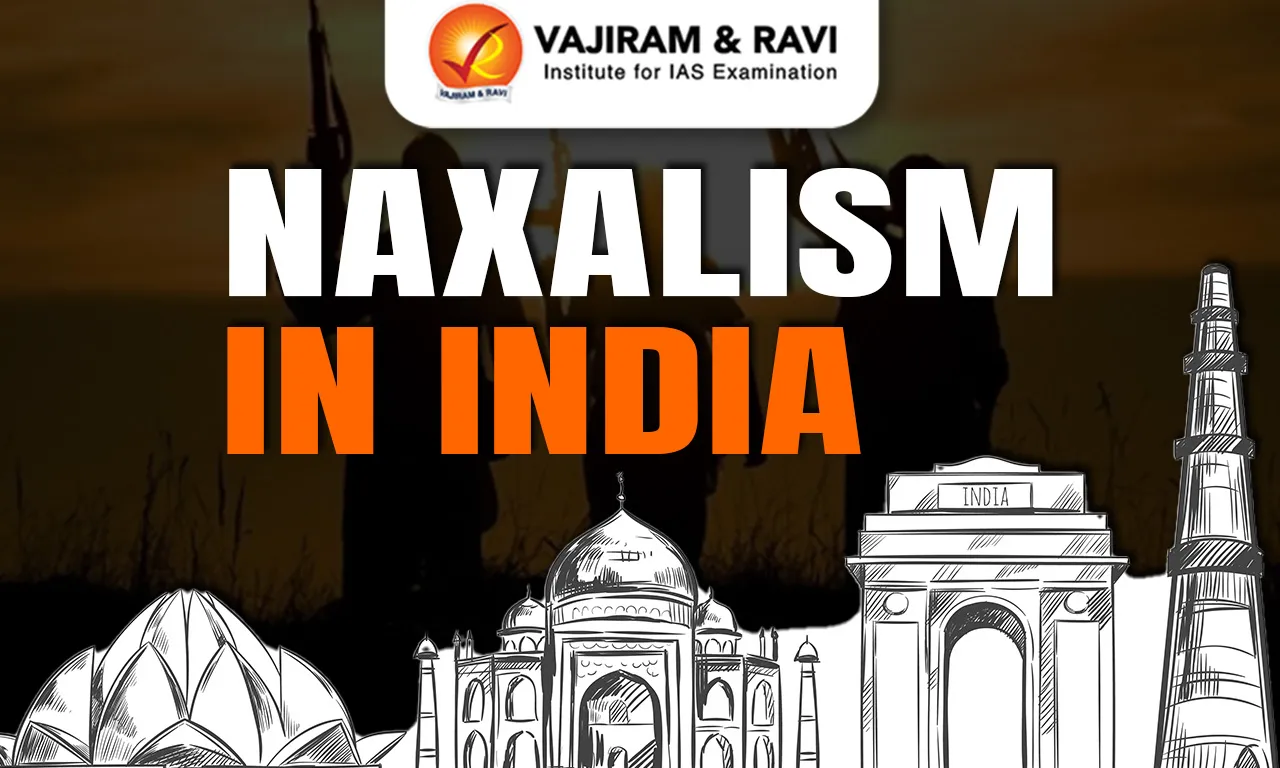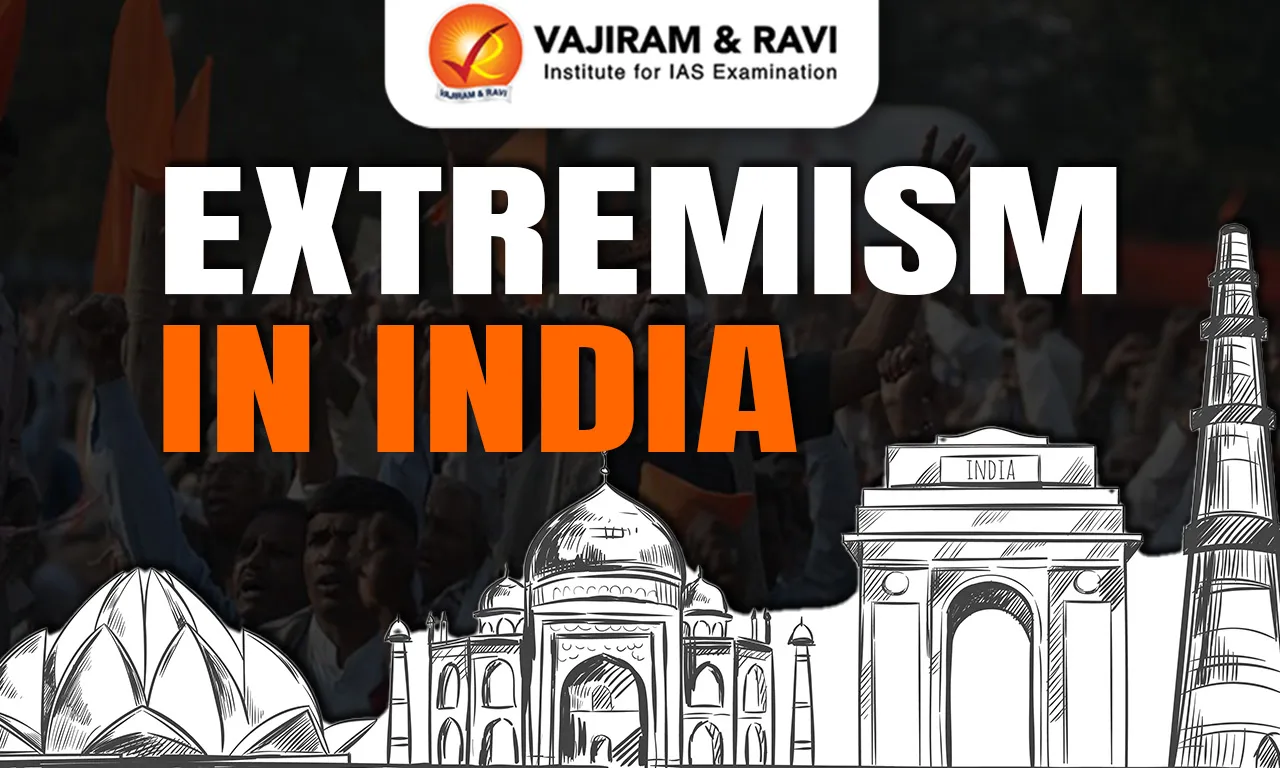Heatwave refers to the period of abnormally high temperatures, more than the normal maximum temperature, that occurs during the summer season. In India, heat waves typically occur between March and June, depending on the advent of the Monsoon. The heat wave is also called a “silent disaster” as it develops slowly and kills and injures humans and animals worldwide. The annual temperature is rising globally, and this is reflected in an increase in heat waves in several parts of the world, including India. A multi-sectoral and multi-dimensional approach is required to address governance challenges connected to Disaster Risk Management for heat waves.
Heat Waves in India
In India, the Indian Meteorological Department (IMD) issues forecasts and warnings related to severe weather events including heat waves in different spatial and temporal scales, and shares the same with the public as well as disaster management authorities so as to initiate required mitigation measures.
- Criteria: The IMD has the following criteria for Heat Waves.
- Heat waves should not be considered until a station’s highest temperature exceeds 40℃ for plains and 30℃ for hilly regions.
- When the normal maximum temperature of a station is less than or equal to 40℃
- When the normal maximum temperature of a station is more than 40℃.
- When the actual maximum temperature remains 45℃ or more irrespective of the normal maximum temperature, heat waves are declared.
- Conditions Favorable for Heatwave:
- Transportation/Prevalence of hot and dry air over a region.
- The absence of moisture in the upper atmosphere
- The sky should be practically cloudless, to provide optimum insulation over the region.
- Large amplitude anticyclonic flow over the area.
- Heat Index: IMD has created the Heat Index, which offers information regarding the impact of humidity on high temperatures, resulting in a feel-like temperature for humans that may be used as an indicator of human discomfort. It advises people on how to take extra precautions to relieve discomfort.
Heat Wave Prone Areas of India
The Core Heatwave Zone (CHZ), which stretches throughout central, northern, and peninsular India from Gujarat to West Bengal, experiences heat waves every year from March to June, and infrequently in July.
- Areas: Heat waves typically arise in Northwest India and extend progressively eastward and southward, but not westward (since the prevailing winds during the season are westerly to north-westerly). But on some occasions, the heat wave may also develop over any region in situ under favourable conditions.
- Rajasthan, Punjab, Haryana, Chandigarh, Delhi, West Madhya Pradesh, Uttar Pradesh, Chhattisgarh, Odisha, Vidarbha in Maharashtra, sections of Gangetic West Bengal, coastal Andhra Pradesh, and Telangana are the states or regions most prone to heatwaves.
- It may also happen in Tamil Nadu and Kerala.
- Current scenario of heat waves in India:
- Increasing vulnerability: As per the ‘Lancet Countdown on Health and Climate Change’, India has become 15% more vulnerable to extremes of heat than in 1990.
- According to the IPCC report, every additional 0.5°C of warming will increase hot weather extremes, along with extreme precipitation and drought.
- As India is a tropical country, it bears a high vulnerability to heat waves due to global warming.
- Enhanced intensity: As per an international climate report by G20 countries, heat waves in India are likely to “last 25 times longer by 2036-2065” if carbon emissions remain high and the rise in global temperature continues.
- Increasing vulnerability: As per the ‘Lancet Countdown on Health and Climate Change’, India has become 15% more vulnerable to extremes of heat than in 1990.
Factors Causing Heat Waves in India
- Primary Factors:
- High-pressure system: Heat waves are caused by trapped air, which typically circulates in large prevailing winds. But when trapped over one region, it warms to unusual temperatures due to sunlight.
- The High-pressure systems trap air by forcing it downwards, acting as a large cap. The air trapped in the upper atmosphere cannot rise, preventing precipitation. This results in the heatwaves.
- Sparse pre-monsoon showers: The sparser pre-monsoon season showers leave large parts of India arid. This situation makes it conducive for the heatwaves to occur.
- Further, the sudden cessation of pre-monsoon rain showers contributes to the heatwaves.
- This weather pattern in the El Nino years has a multiplier effect on the heatwaves.
- Late coming of monsoon: The delay in the arrival of the Monsoon over East and Central India has led to prolonged heatwave conditions.
- Loo: The Loo, a dry wind that blows from Pakistan and northwest India, has helped to raise the temperature in India.
- High-pressure system: Heat waves are caused by trapped air, which typically circulates in large prevailing winds. But when trapped over one region, it warms to unusual temperatures due to sunlight.
- Secondary factors:
- Urban heat island effect: Urban areas with high concentrations of buildings, roads, and other infrastructure can trap heat and create their own microclimates, which can lead to higher temperatures than surrounding areas.
- Anthropogenic factors: Activities such as deforestation, agriculture, and energy production can contribute to the warming of the atmosphere and the occurrence of heat waves.
- A recent study reveals that climate change and global warming have increased the likelihood of heat waves during the last three decades.
Consequences of Heat Waves
Heat waves can result in heat-related illnesses and even fatalities, particularly among vulnerable populations. Additionally, heat waves can have environmental impacts, such as ecosystem disturbances, and the melting of ice caps and glaciers.
- Health impacts: Heat waves can lead to various health problems, including dehydration, heat cramps, heat exhaustion, heat stroke, and even death in extreme cases.
- India also witnessed a 34 percent rise in deaths due to heat waves between 2003-2012 and 2013-2022, according to IMD data.
- Economic losses: Heat waves have a significant impact on the agricultural sector. High temperatures can damage crops, reduce yields, and even lead to crop failure. This results in disruption of demand and supply chain, high food prices etc.
- According to the Sixth Assessment Report of the IPCC, India loses around 101 billion hours a year on account of heat, the most in the world.
- Labour productivity loss: Heat waves discourage the will to work for labourers and other informal workers during high temperatures. This can lead to wage losses and labour productivity losses both at the same time, affecting the individual and the economy.
- According to the Climate Transparency Report 2022, in 2021, Indians lost 167.2 billion potential labour hours due to heat exposure with income losses equivalent to about 5.4% of the national GDP.
- Wildfires: Heat waves can increase the risk of wildfires, particularly in dry and forest areas. According to the Lancet report, population exposure to wildfire danger has increased in the past decade driven by the high temperatures.
- Impact on livestock: Increasing heat events and rising temperatures have significant consequences on livestock too.
- A recent study has found that increasing temperatures could reduce milk production by 25% by 2085 in India’s arid to semi-arid areas.
India’s Preparedness for Heat Waves
An increase in the number and severity of heat-wave days can exact steep costs from India’s public healthcare and agricultural output, impacting livelihoods, food production, disease spread, and more. Therefore, multidimensional steps should be taken to prepare and mitigate the challenges posed by heat waves.
Institutional Framework
The following departments and agencies are working in sync to counter the effects of heat waves.
- India Meteorological Department (IMD): The IMD provides warnings against severe weather phenomena, real-time data and weather prediction of maximum temperature, and heat-wave warnings.
- Heatwave Early Warning Systems (HEWS) is designed to reduce the avoidable human health consequences of heat waves through timely notification of heat alerts.
- National Disaster Management Authority: It has taken many initiatives like the National Workshop on “Preparedness, Mitigation & Management of Heat Wave”, and National Webinars on Heatwave.
- National Centre for Disease Control (NCDC): Heat-wave illness and casualty data are being collected in heatwave-prone states by a data monitoring cell—the Integrated Disease Surveillance Programme (IDSP) under the NCDC of the Ministry of Health and Family Welfare (MoH&FW).
- National Knowledge Network Programme on Climate Change and Human Health: It was launched by the Ministry of Health & Family Welfare. It consists of several studies including those related to the impacts of heat stress on health, especially in relation to occupation.
Heat Action Plans
These are the responsive measures to the heatwaves. The first systematic attempt at heatwave management planning in India was the Ahmedabad Heat Action Plan, launched in 2013. In the last five years, 17 heatwave-prone states have prepared their Heat Wave Action Plans.
- Measures: Some of the measures under these action plans are:
- early warning and inter-agency Response plan
- undertaking capacity-building activities for the various stakeholders
- awareness generation activities
- rescheduling of working hours for outdoor workers
- creation of drinking water kiosks,
- supply of water through tankers,
- erection of special shelters and shades,
- increase in health facilities,
- stocking of ORS packets at health centres,
- placement of cooling systems, and
- construction of gaushalas with fodder banks, etc.
Mitigating Strategies
These are the long-term measures required to prevent the causes of heat waves and their effects. Some of these measures are as follows:
- Cool Roof Deployment: Cool roofs increase building surface albedo to deflect solar radiation by using reflective materials like solar reflective paint or mosaic tiles.
- They provide low-cost, flexible solutions to keep indoor temperatures cooler and reduce cooling demand which can lead to the reduction of air pollution as well as energy savings.
- Many cities in India for example, including Ahmedabad and Hyderabad have adopted cool roof strategies because of their simplicity and low cost.
- Urban forestation: Urban foresting using modern methods such as the Miyawaki method would help increase the albedo in the urban areas.
- It will reduce the urban heat island effect.
- Protect and restore forests: Forests are amazing carbon sinks that can help us lower carbon emissions and the resultant heat wave effects, so there is an urgent need to protect and restore the world’s forests.
- Regenerative agriculture: Traditional agriculture allows one crop and uses chemical pesticides and fertilisers which erode soil, and increase vulnerability to climate change, while regenerative agriculture promotes diverse crops, reducing chemical use, regulating climate, and improving living conditions.
Last updated on April, 2025
→ UPSC Notification 2025 was released on 22nd January 2025.
→ UPSC Calendar 2026 is released on 15th May, 2025.
→ The UPSC Vacancy 2025 were released 1129, out of which 979 were for UPSC CSE and remaining 150 are for UPSC IFoS.
→ UPSC Admit Card 2025 is released now for CSE Prelims Exam 2025.
→ The UPSC Prelims 2025 is scheduled to be conducted on 25th May 2025 and UPSC Mains 2025 will be conducted on 22nd August 2025.
→ Apply once through it and aspirants can apply for various government exams conducted by UPSC.
→ The UPSC Selection Process is of 3 stages-Prelims, Mains and Interview.
→ UPSC Result 2024 is released with latest UPSC Marksheet 2024. Check Now!
→ UPSC Toppers List 2024 is released now. Shakti Dubey is UPSC AIR 1 2024 Topper.
→ Also check Best IAS Coaching in Delhi
Heat Waves FAQs
Q1. What is the criterion for declaring a heat wave?+
Q2. Which department issues heatwave alerts in India?+
Q3. What is the period of heat waves over India?+
Q4. What are the heat wave-prone states over India?+
Q5. What are the causes of heat waves?+
Tags: heat waves in india quest

















